NAME OF LIBERATION DAY OR REUNIFICATION DAY
- FRIday - 29/03/2024 07:42
- Close page
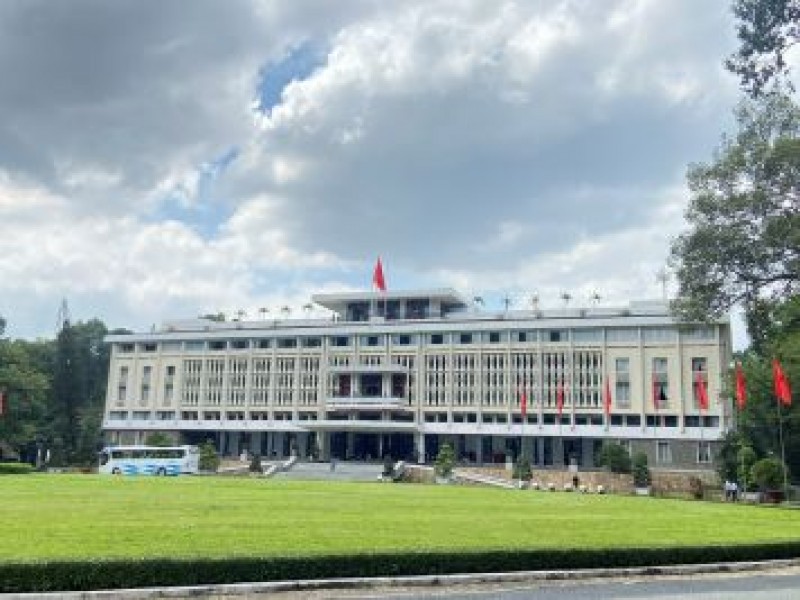
the Independence Palace
1. What day is April 30th and May 1st? What days are April 30th and May 1st in English?
How many negative days are April 30th and May 1st? April 30th, 2024, is Tuesday (March 22nd, 2024, on the calendar), and May 1st, 2024 is Wednesday (March 23rd, 2024 on the calendar).
What day is April 30th?
April 30th has a common English name of Liberation Day or Reunification Day. April 30th, 2024, is the 48th anniversary of the Liberation of the South and reunification of the country.
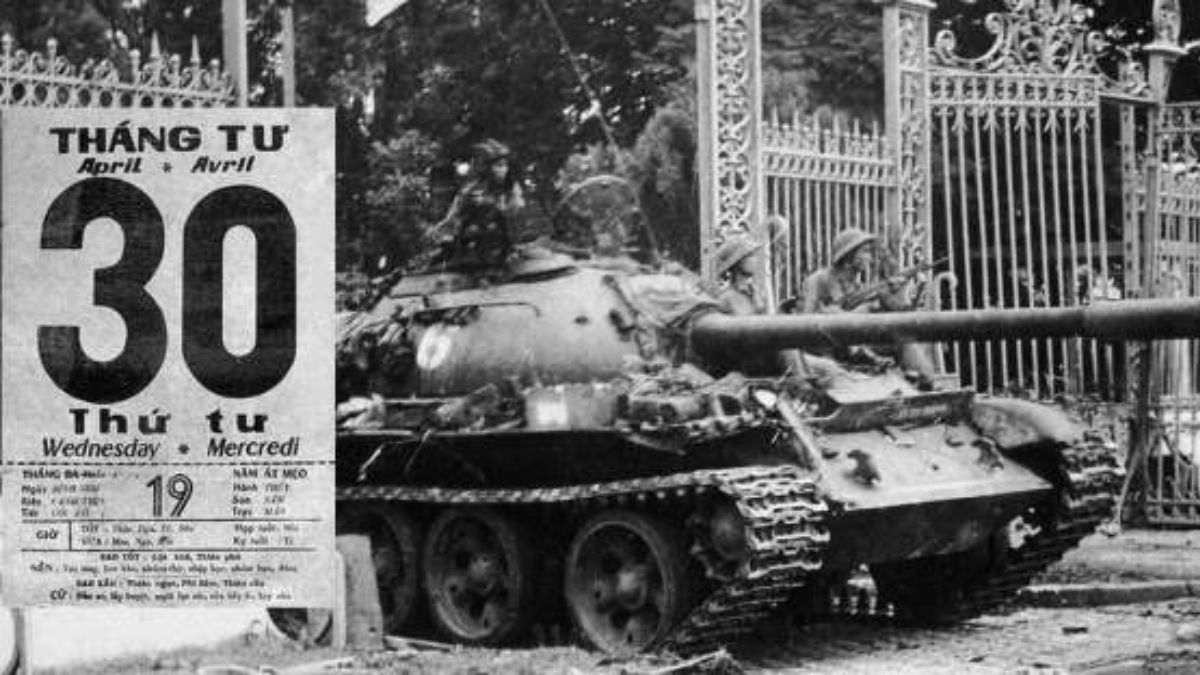
What day is May 1st?
May 1st is known as May Day, Labor Day, or International Workers' Day. This day praises the labor movement and workers in many places.
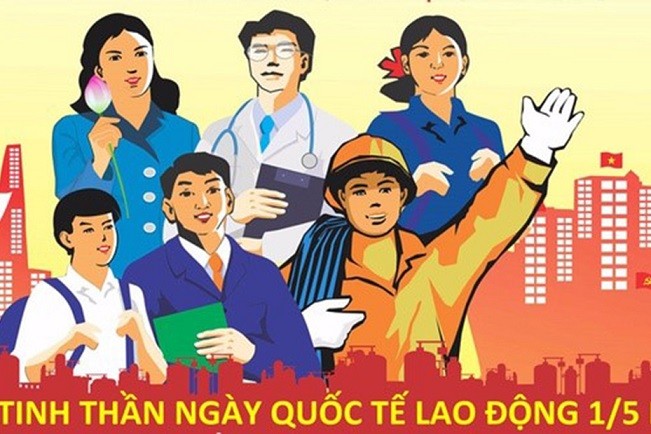
2. Learn the history of April 30th and May 1st
History on April 30th:
At the end of 1974 - early 1975, the Central Party Politburo noticed a change in the forces in the South, so it proposed a plan to liberate the South from 1975 to 1976.
After the victory of our army and people in the Central Highlands campaign and the Hue - Da Nang campaign, the Politburo judged that the strategic opportunity had come and it was necessary to complete the liberation of the country soon.
Before liberating Saigon, our army attacked Phan Rang and Xuan Loc - key defense bases of the enemy from the East.
At 5:00 p.m. on April 26th, 1975, five army wings attacked Saigon, capturing many enemy headquarters. At 10:45 a.m. on April 30th, 1975, our tanks and infantry entered the Independence Palace. At 11:30 a.m. the same day, the red flag with a yellow star flew at the Independence Palace, signaling the victory of our army and people.

History of May 1st:
Since the second half of the 19th century, conflicts between workers and owners in capitalist countries broke out because workers were subjected to heavy exploitation.
On May 1st, 1886, to protect their rights, many workers across the United States participated in a strike, demanding to work a maximum of 8 hours/day. This activity has been subjected to heavy repression in forms such as violent attacks, dismissal from work, and many massacres in Chicago (USA).
In the end, the workers' struggle was successful, and their legitimate demands were accepted.
Later, May 1st was taken as a day to praise the struggle of the proletariat in many countries.
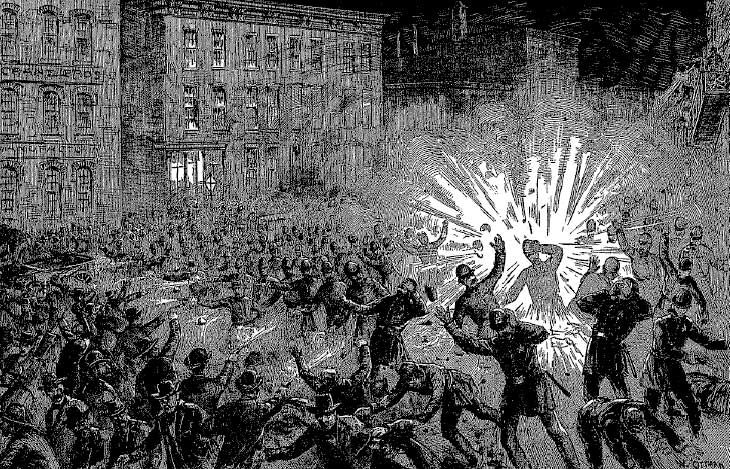
3. Meaning of April 30th and May 1st
Meaning of April 30th:
On April 30th, 1975, the Ho Chi Minh campaign was completely victorious, ending 21 years of fighting against the invading American imperialists. This is a brilliant golden milestone in the history of building and defending the country of the Vietnamese people, marking a new era - an era of independence, freedom, and happiness.
The victory on April 30th, 1975, also contributed to promoting the struggles for peace and against neo-colonialism around the world. The Great Spring Victory of 1975 was an international, epochal event, that expanded the battlefield of socialism.
Meaning of May 1st:
May 1st every year is a day to praise the fierce struggle for freedom, democracy, and progress of the working class and the workforce around the world. In Vietnam, May 1st is also the day to commemorate the anti-imperialist - colonial movement and mark independence - democracy and economic, political, and social rights.
4/ Where to go on Vietnamese Reunification Day?
Vietnamese Reunification Day is celebrated as a public holiday on April 30 every year.
During Vietnamese Reunification Day, most people tend to pick an ideal tourist destination away from the hustle and bustle of the city to unwind and spend time with their families and friends. If you are planning the vietnam adventure during this time, here are some recommended destinations.
Here is one of the places where many typical French architectural works were built in Vietnam. That's the Independence Palace, Notre Dame Cathedral; City Opera House; City Post Office; beautiful museums; Independence Palace; Nha Rong Harbor; Suoi Tien tourist area; Dam Sen Cultural Park and many eco-tourism areas in the suburbs. Saigon attracts both domestic and international tourists
Independence Palace (Reunification Palace):
On April 30, 1975, North Vietnamese forces, in a pivotal moment during the Fall of Saigon, stormed the Independence Palace, marking the symbolic end of the Vietnam War. This event led to the reunification of Vietnam under Communist rule and the establishment of Ho Chi Minh City (formerly Saigon) as the economic and cultural center of the country.
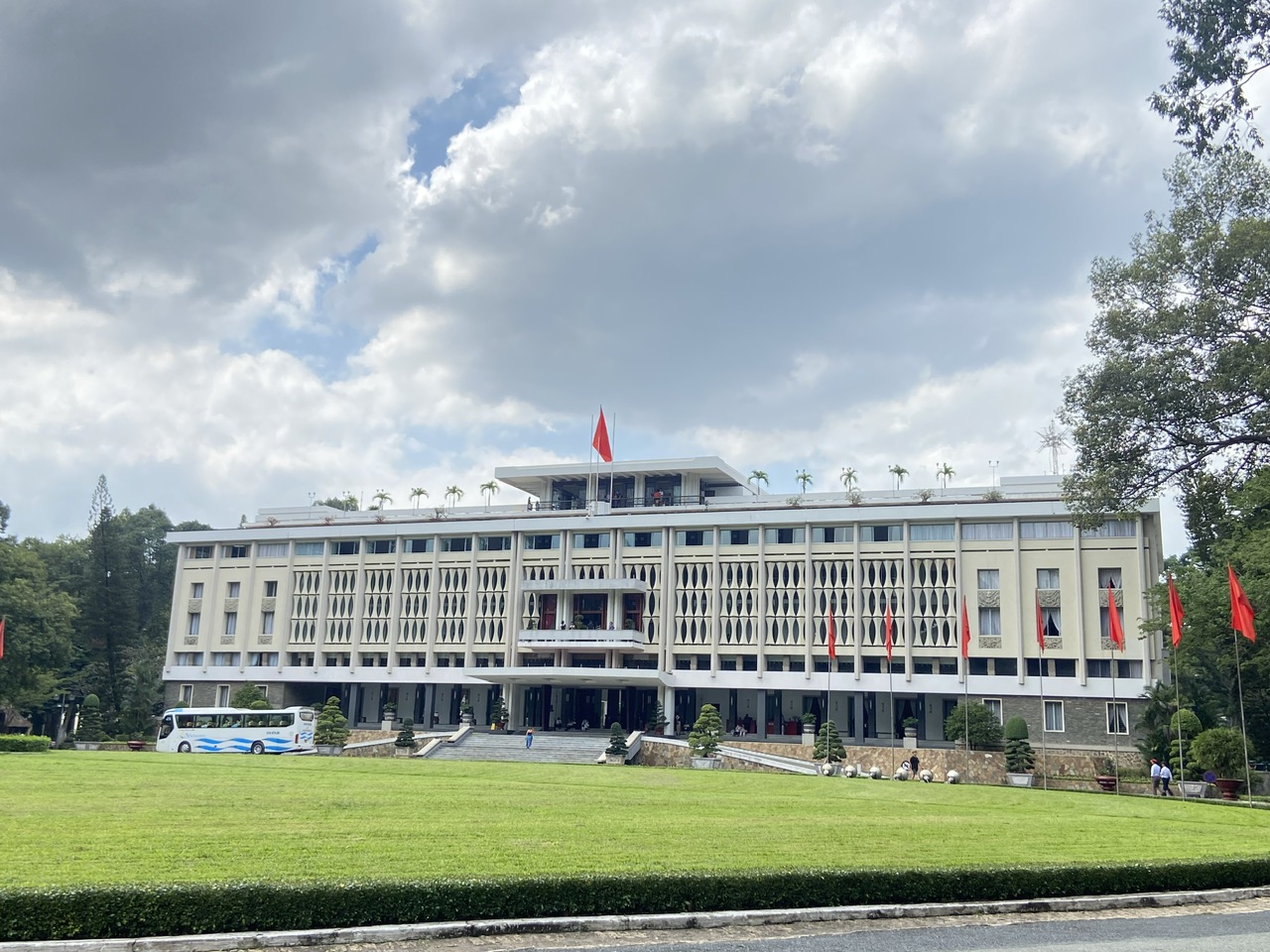
War Remnants Museum:
Located a bit further away but still within reach, this museum provides insights into Vietnam's history, particularly the Vietnam War, through exhibits and artifacts. The War Remnants Museum, located in Ho Chi Minh City, Vietnam, is one of the most popular and impactful museums in the country. Formerly known as the "Exhibition House for US and Puppet Crimes" during the period of Communist rule, it was renamed the War Remnants Museum in 1995. The museum's primary focus is to document the Vietnam War, known in Vietnam as the "American War," and its aftermath.
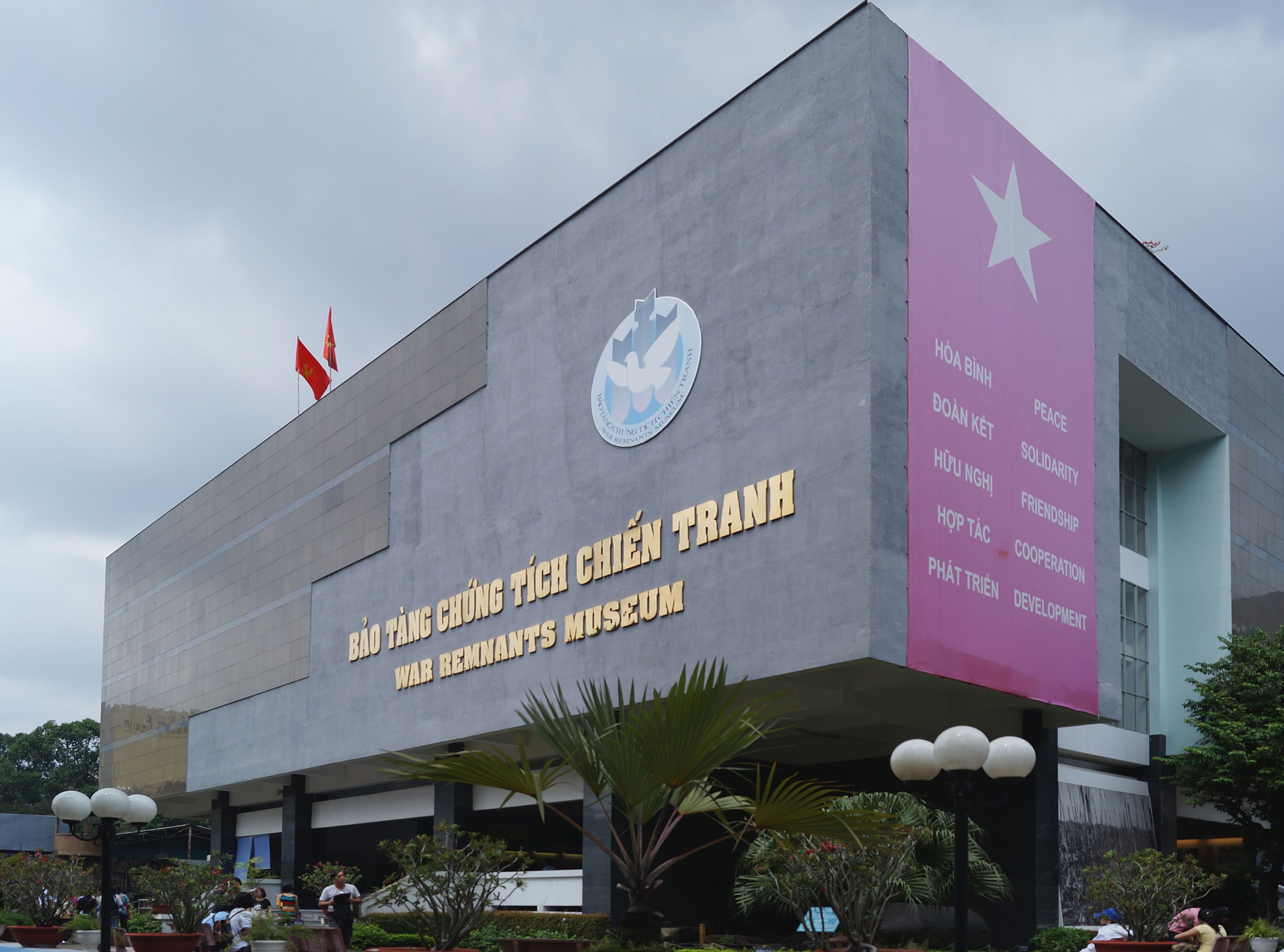
Nha Rong Harbor
Nha Rong Harbor, also known as Nha Rong Wharf, is a significant historical site located in Ho Chi Minh City, Vietnam. The name "Nha Rong" translates to "Dragon House," and the harbor holds great cultural and historical significance for the Vietnamese people.
Originally built in the late 19th century, Nha Rong Harbor served as a commercial port handling goods and commodities for export and import. However, it gained particular prominence due to its association with the famous Vietnamese revolutionary figure, Nguyen Tat Thanh, who later became known as Ho Chi Minh, the founding father of modern Vietnam.

Notre-Dame Cathedral
Notre-Dame Cathedral Basilica of Saigon: A short distance from the City Hall, this iconic cathedral is a symbol of Ho Chi Minh City. It features French colonial architecture and is known for its distinctive red-brick exterior.
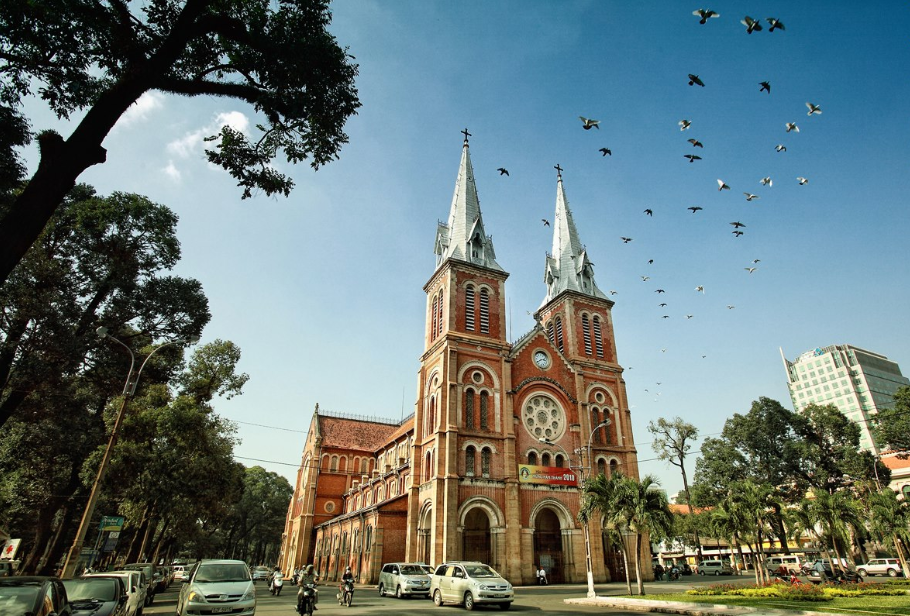
Central Post Office:
Adjacent to Notre-Dame Cathedral, the Central Post Office is another architectural gem designed by Gustave Eiffel. It's a historic building with a unique blend of Gothic, Renaissance, and French influences.
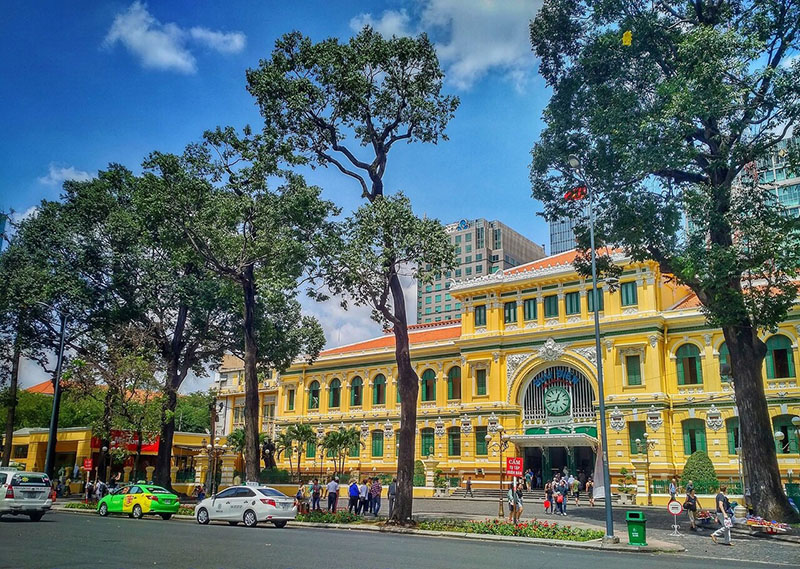
Ben Thanh Market:
One of the most famous markets in Ho Chi Minh City, Ben Thanh Market is a vibrant and bustling place where you can shop for local goods, souvenirs, textiles, and enjoy Vietnamese street food.
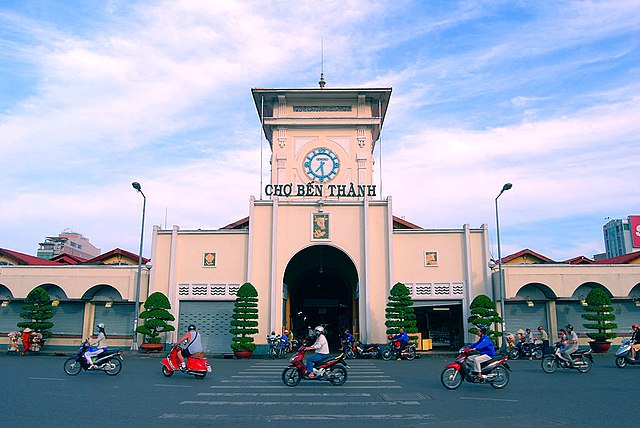
CONTACT US:
*Address:
- 2 Paris Commune, Ben Nghe, District 1
- 241 Pham Ngu Lao St, Pham Ngu Lao Ward, District 1
*Website: https://vietcruisetours.com/
*Hotline/Whatsapp: +84 908.785.680
*Email: contact@vietcruisetours.com